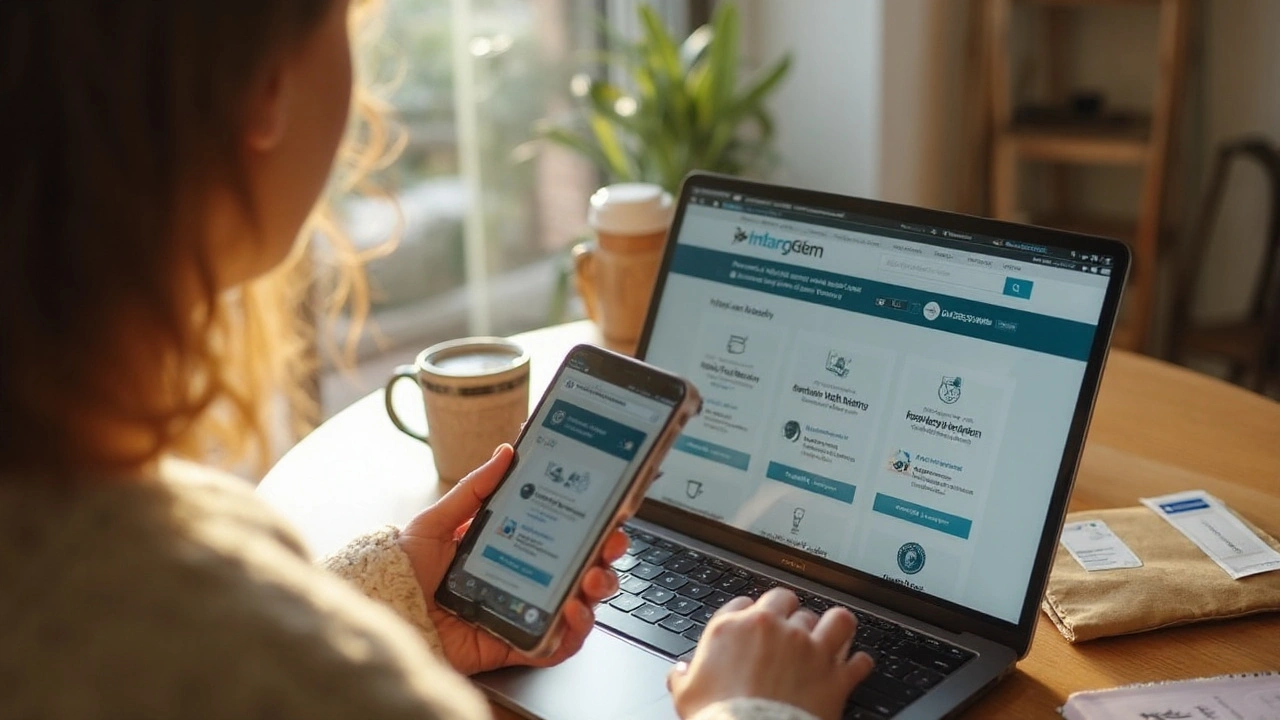Amoxicillin prescription: how it works and how to get one
Amoxicillin is a commonly prescribed antibiotic for bacterial infections like ear infections, strep throat, sinusitis, bronchitis and some skin infections. It kills bacteria by stopping cell wall growth. That’s why it won’t help with colds or the flu — those are viral. Using antibiotics for viral illness causes side effects and antibiotic resistance.
Prescribers choose amoxicillin when the likely bacteria respond well and when the patient has no serious penicillin allergy. It comes as tablets, capsules, chewables and liquid. Doses vary by infection, age, weight and kidney function, so follow the exact dose your clinician gives you.
Who needs amoxicillin and typical doses
Common adult doses are 500 mg every 8 hours or 875 mg every 12 hours for many upper‑respiratory and skin infections. For children the dose is usually weight-based — often 20–45 mg/kg per day split into two or three doses. For certain conditions, like some ear infections or dental infections, a short 5–7 day course may be enough. Serious infections or higher‑risk situations sometimes need 10–14 days. Don’t stop early just because you feel better; incomplete courses can lead to relapse and resistance.
If you have a penicillin allergy (hives, swelling, trouble breathing), tell your provider. Mild rashes may need evaluation. People with kidney disease may need lower doses. If you’re on birth control — high‑dose or long courses can slightly reduce effectiveness, so consider backup methods if concerned.
How to get a safe prescription & smart tips
You can get a prescription after a doctor, nurse practitioner, or dentist evaluates you. Many clinics and telehealth services can assess common infections and prescribe amoxicillin when appropriate. Be ready to describe symptoms, how long you’ve had them, and any allergies or other medicines you take. If testing is needed (rapid strep, urine, or cultures), your clinician will order it before prescribing.
Buy medications only from licensed pharmacies. Online pharmacies can be legitimate, but avoid sites that sell antibiotics without a prescription or offer suspiciously low prices. Counterfeit antibiotics may be ineffective or harmful. Ask your pharmacist about proper storage for liquids and whether you need to finish unused medication safely.
Watch for common side effects: nausea, diarrhea, and rash. Severe allergic reactions (swelling, trouble breathing, fainting) need emergency care. If diarrhea is severe or contains blood, call your clinician — that could signal C. difficile infection. If symptoms don’t improve within 48–72 hours of starting treatment, contact your prescriber; you may need a different antibiotic or further testing.
Using antibiotics responsibly helps them keep working for everyone. Ask questions when you get a prescription: why it’s needed, how long to take it, and what side effects to watch for. If you’re unsure, get a second opinion — it’s worth it for your health.
Keep a medication record: note start date, dose, finish date, and any side effects. This helps future doctors and can prevent repeat prescriptions. Store liquids in fridge if instructed and discard leftovers per pharmacy instructions. Never share antibiotics with others. If pregnancy is possible, tell your prescriber immediately.

Buy Generic Amoxicillin Online Safely: Cheap Prices, U.S. Rules, 2025 Guide
Want cheap generic amoxicillin online? Here’s how to do it legally and safely in the U.S. in 2025-prices, fast options, red flags, and what actually saves money.
